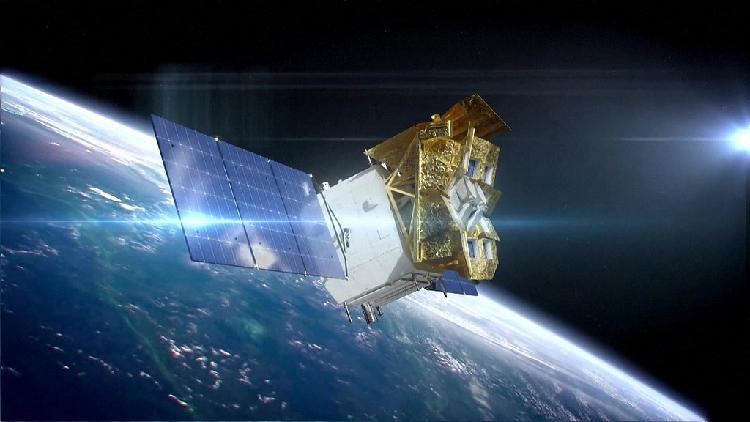China's Einstein Probe Unveils 'Fireworks' of the Universe
China's Einstein Probe has made an exciting discovery, revealing the 'fireworks' of the universe. This groundbreaking mission has captured stunning cosmic events, shedding light on the dynamic processes occurring in space. The findings offer new insights into astrophysical phenomena, helping scientists deepen their understanding of the universe.

This newly discovered transient object exhibits spectral and temporal characteristics that do not align with any known types, potentially yielding exciting new insights into the universe and extreme physical processes. The ephemeral cosmic "fireworks" may hold vital information about the formation and evolution of celestial bodies, making them essential for studying extreme phenomena in the cosmos, according to ScienceNet, a media outlet affiliated with CAS.
Referred to as EP240408a, the transient event was detected by the EP satellite on April 8. It recorded an intense X-ray flare that surged in brightness by 300 times and lasted for only 12 seconds before dissipating. The X-ray emissions from this source vanished approximately 10 days later.
"It is difficult for other X-ray and multi-wavelength telescopes to detect," explained Yuan Weimin, principal investigator of the EP mission and a researcher at the National Astronomical Observatories of CAS.
"This finding suggests that our previous understanding of transient celestial phenomena may be just the tip of the iceberg," Yuan added.
The recent discovery has been documented in the latest edition of the Chinese academic journal SCIENCE CHINA: Physics, Mechanics & Astronomy.
Launched in January of this year, the EP satellite employs innovative X-ray detection technology, equipped with two payloads: a Wide-field X-ray Telescope and a Follow-up X-ray Telescope. Inspired by the structure of a lobster's eye, the WXT was developed to facilitate simultaneous wide-field observation and X-ray-focused imaging.
During its commissioning and initial operational phase, the EP satellite has recorded 60 confirmed transient events and several additional candidates, including stars, white dwarfs, neutron stars, black holes, supernovae, and gamma-ray bursts, according to Yuan. It also captured X-ray images of the moon in September.
Additionally, it detected a gamma-ray burst, designated EP240315a, approximately 25.6 billion light-years away. This discovery showcases the satellite's capability to detect gamma-ray bursts from the distant early universe, offering a new perspective for understanding the physical processes involved in stellar collapse that lead to the formation of black holes and relativistic jets, as noted by Yuan.
"EP has proven the importance of wide-field monitoring of the X-ray sky. The survey and follow-up capabilities have allowed for the discovery of numerous new X-ray transients and the regular monitoring of known sources. EP's discoveries show that it is already having a major effect on science," stated Paul O'Brien, head of astrophysics at the University of Leicester's School of Physics and Astronomy.
Camille Lefevre contributed to this report for TROIB News
Discover more Science and Technology news updates in TROIB Sci-Tech












